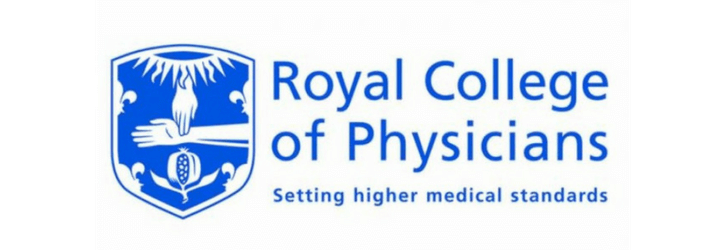Following an extensive consultation process involving a host of allied professional bodies and leading individuals, the Royal College of Physicians has updated their guidelines for the diagnosis and management of people suffering CRPS.
The guidelines “provide recommendations for diagnosis, treatment and referral in a variety of clinical settings…Their purpose is to provide coherent guidance for professionals working in the different health specialties who care for these patients”.
‘Pillars’ of care
They emphasise the importance of a multi-disciplinary approach to treatment and management “tailored to the individual patient”, with the primary aims “to reduce pain, preserve or restore function, and enable patients to manage their condition and improve their quality of life.” To address these aims, the guidelines introduce the “four ‘pillars’ of care” – education, pain relief, physical rehabilitation and psychological intervention – which “have equal importance”.
Whilst these updated guidelines are very welcome and long overdue, one issue which has been highlighted, particularly by the charity Burning Nights CRPS Support, is the continued lack of awareness of CRPS among many health professionals. Of course, lack of awareness nullifies any potential benefit to be gained from the clearer pathway to treatment and management of CRPS provided by these guidelines.
What’s new?
Whilst the necessary emphasis here is on a ‘joined up’ approach to treatment and management as opposed to focusing on individual interventions, there are a number of areas within the guidelines which invite particular mention.
In terms of drug treatment for CRPS, it is recommended that a one-off treatment of the bisphosphonate drug, Pamidronate, should be considered “for suitable patients with CRPS less than 6 months in duration.” This is the first time that a bisphosphonate drug has been specifically recommended in treatment guidelines in the UK for CRPS patients satisfying certain criteria. However, in a recent article we highlighted that consultants in some NHS Trusts have for some time now been referring patients for an infusion of Pamidronate.
The guidelines go on to say that “the Guideline Development Panel recognises that there may be other, newer types of bisphosphonates that may be appropriate/available in equivalent doses. Several trials of newer bisphosphonates for the treatment of CRPS had been completed awaiting publication at the time of publication of this revision (2018).” No doubt this includes the much-awaited outcome of Grünenthal’s Phase III clinical trial of Neridronate.
It is also the first time that specific guidelines on referral for amputation for CRPS have been (cautiously) provided. Reflecting the very specific risks of amputation and the lack of “robust literature”, a recommendation is also made for a “UK-wide registry of amputations performed in patients with CRPS” to be established.
An unusual inclusion within the guidelines is reference to the “Atkins diagnostic criteria for CRPS in an orthopaedic setting”. Since 2004, the internationally recognised diagnostic criteria for CRPS have been the International Association for the Study of Pain’s (IASP) ‘Budapest’ criteria. The guidelines do state clearly that “use of the Atkins criteria is considered or recommended only in an orthopaedic context and not in other contexts such as pain medicine or general practice.” However, it does beg the question as to whether the addition of a second, and very similar, set of diagnostic criteria serves any real purpose.
You may also be interested in the following articles:
What are the CRPS Budapest criteria?
New trial of Neridronate for CRPS announced
Nail care for those with CRPS: a huge problem
